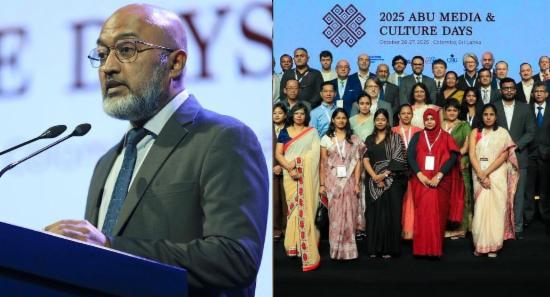.webp)
-797351.jpg)
Trump Announces New Tariffs of up to 40% on a Growing Number of Countries
President Donald Trump cranked up the pressure Monday on America’s trading partners, firing off letters to heads of several countries, informing them of their new tariff rate. But at the same time, Trump took some of the edge off by signing an executive action Monday to extend the date for all “reciprocal” tariffs, with the exception of China, to August 1.
Those “reciprocal” tariffs were expected to go into effect Wednesday. In some cases, the letters Trump sent specify new “reciprocal” tariff rates that are higher or lower compared to April levels.
Japan’s Prime Minister Shigeru Ishiba and South Korea’s President Lee Jae-myung were the first recipients of Trump’s letters.
Both countries will face a 25% tariff come August 1, Trump said in posts on Truth Social, displaying the letters, potentially giving countries more time to negotiate deals. Around two hours later, he announced similar letters were sent to Malaysia, Kazakhstan, South Africa, Myanmar and Laos, informing their leaders of new tariff rates as high as 40%.
Then later in the day, he posted seven new letters sent to leaders of Tunisia, Bosnia and Herzegovina (which is set to reach a 30% tariff), Indonesia, Bangladesh, Serbia, Cambodia and Thailand, putting the running total at 14 letters delivered on Monday.
In the letters, Trump said he takes particular issue with the trade deficits the United States runs with them, meaning America buys more goods from there compared to the amount that American businesses export to those countries. Trump also said the tariffs would be set in response to other policies that he deems are impeding American goods from being sold abroad.
He encouraged country leaders to manufacture goods in the United States to avoid tariffs.
This comes ahead of his initial July 9 deadline for countries to make deals or face the threat of higher tariffs. That date marks the end of the pause on “reciprocal” tariffs, which briefly went into place in April. Since then, impacted countries have faced a minimum 10% tariff.
In all 14 letters, Trump threatened to raise tariffs even higher than the specified rates if a country retaliated against the United States with tariffs of their own. Trump said these rates would be “separate from all Sectoral Tariffs,” meaning, for instance, the new tariff won’t be stacked on top of the current auto tariff of 25%, the White House confirmed. That would apply to any future sector-specific tariffs, too, a White House official said.
Despite the many trade qualms Trump has broadcast as having with the European Union, prompting him to threaten higher tariffs on several occasions, the trading bloc appears to have not received a letter from him.
“We’re not going to comment on letters that we haven’t received,” Olof Gill, a European Commission spokesperson, told reporters Monday afternoon.
“My understanding is that we can now expect an extension of the current status quo until August 1 to give further time for the EU and the US to reach an agreement in principle on a mutually beneficial agreement that works for both sides,” Simon Harris, Irish Minister for Foreign Affairs and Trade, said in a statement on Monday.
Stocks dropped lower midday after Trump announced the first batch of letters and continued to fall as Trump announced tariffs of varying rates from 25% to 40% on countries including Myanmar, Malaysia, Kazakhstan, Laos and South Africa.
Source: CNN
Other Articles
Featured News





.png )
-820269_550x300.jpg)



-819924_550x300.jpg)





-819380_550x300.jpg)


-812087_550x300.jpg)
-810262_550x300.jpg)
















.gif)